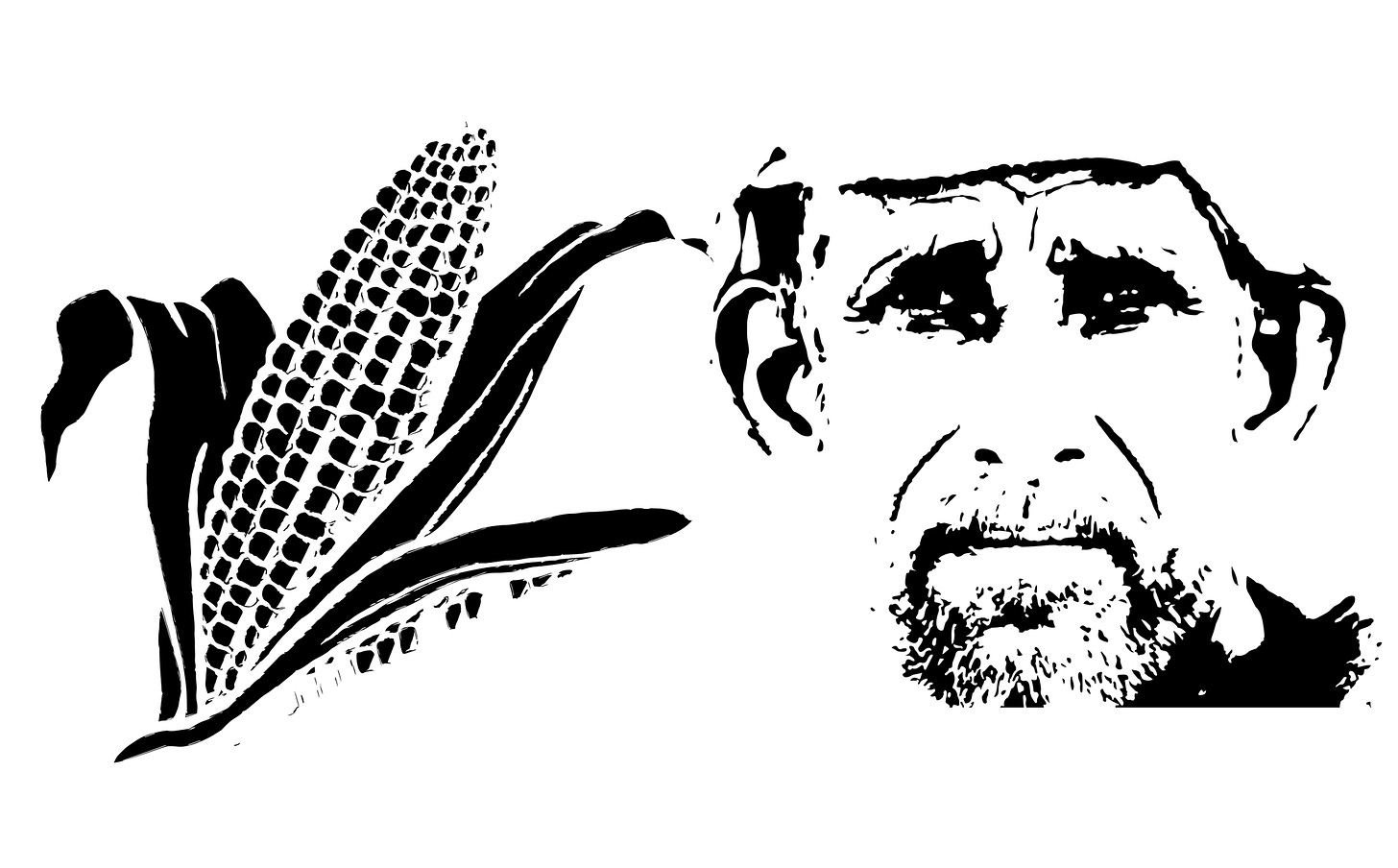India using Banned Pesticides, Sanctioned by Government

67 of the banned or restricted pesticides in other countries, are being used within India with the authorization of the Government. Most troublesome is the use of endosulfan widely in India.
Update: in 2016, this foolish man was also criticizing Organic farming! These are the kind of idiots who were heading our institutions in agriculture.
The man behind these sanctions is a guy called CD Mayee. He is the Chairman of the Agricultural Scientists Recruitment Board (ASRB) of the Indian Council of Agricultural Research (ICAR), was former co-chairman of the Genetic Engineering Approval Committee (GEAC) and head of the agriculture ministry’s committee on endosulfan.
As per Wikipedia:
Endosulfan became a highly controversial agrichemical[1] due to its acute toxicity, potential for bioaccumulation, and role as an endocrine disruptor. Because of its threats to human health and the environment, a global ban on the manufacture and use of endosulfan was negotiated under the Stockholm Convention in April 2011
So, there is a global ban given the acute toxicity of the chemical. But our friend, Mayee found the studies in India not strong enough to recommend banning. Therefore, he recommended continued use of pesticides in India that are banned in other countries.
Given this, despite the world-wide ban for endosulfan being proposed, India is the world’s largest user of this chemical. Three of its companies produce majority of the country’s endosulfan volumes for local (4500 tonnes yearly) and outside consumption (4000 tonnes).
Excel Crop Care,
Hindustan Insecticides Ltd, and
Coromandal Fertilizers
So, when asked about the question directly in an interview – that he is bought by the pesticide industry, Mayee points to lack of any real estate in his name. We all know how that works out, don’t we? In any case, his answer specifically about the endosulfan decision is instructive:
Why did you ignore the health impact pointed out by the earliest report on endosulfan by the National Institute of Occupational Health (NIOH)?
When I was commissioner of agriculture, the new minister wanted a report on the findings of the previous studies on endosulfan. These studies were not clear on the cause-and-effect relationship between the use of endosulfan and diseases in Padre. So my job was to study the three studies available then and give a report. I did not even go to Padre. Besides, there was a drawback in these studies. None of them sought to find out why the health impacts occurred only in Padre. I come from Maharashtra where endosulfan is used a lot. But no such impacts have been seen there. Environmentally, Padre was totally different. It was surrounded by hills and endosulfan was sprayed aerially. No one questioned the Kerala government for violating the norms that forbid aerial spraying. No one was punished.
Endosulfan is used all over the country without ill effects because regulations are followed and because it is the cheapest. All we said was that the ban be continued in Kerala but studies need to be done elsewhere. I banned 10 insecticides after this committee’s report. So how could I be an agent of the pesticide industry? Besides, I recommended a scientific study but is it my fault if this was never carried out?
How do you respond to the Stockholm Convention decision to put an end to the use of endosulfan across the world?
I would say that in India while endosulfan is phased out, we should put all our insecticides and pesticides under scrutiny and study their effects on health. (Emphasis added)
Using administrative and bureaucratic benchmarks / methods instead of scientific temperament to handle such a major health issue within India – which has been and will impact many thousands of people, such people merely look at their own interests. Given the potency of the poisonous chemicals and the abundant and reckless use of these chemicals, it is clear that there will be grave impact on people’s health. Worse, we don’t even know what or how much!
There are two ways to look at the health and substance banning question:
Ban only when the negative effect is established.
Ban until “no negative impact” is established.
Any society which goes by the first paradigm is setting itself for deep trouble! Because by the time the criteria to ban a substance would have been established, the damage would have been done.



